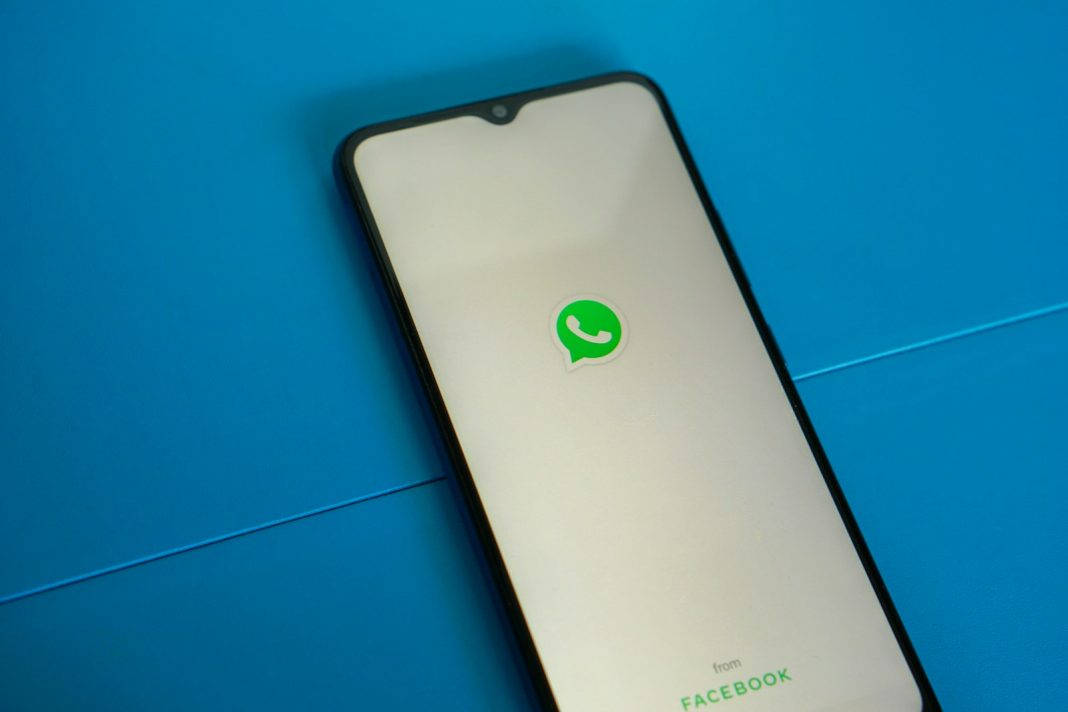In a significant update set to enhance user experience, WhatsApp, the globally renowned messaging platform, has rolled out a feature allowing users to share high-quality photos and videos effortlessly. This development marks a notable improvement over the app’s previous limitations on media sharing, where files were restricted to lower resolutions and subjected to compression, thereby compromising their quality.
Evolution of Media Sharing on WhatsApp
Initially launched with a maximum file size limit of 16MB for media, WhatsApp’s approach to photo and video sharing has often frustrated users accustomed to the high-resolution capabilities of modern smartphones. This limitation, coupled with mandatory compression to conserve space, resulted in a noticeable drop in visual fidelity. Despite these drawbacks, WhatsApp has retained its popularity due to its robust messaging capabilities and widespread adoption across the globe.
Mark Zuckerberg’s Announcement and Subsequent Updates
In a pivotal move announced last year by Meta CEO Mark Zuckerberg, WhatsApp began supporting high-quality photo sharing, albeit initially without support for HD videos. This interim period left many users awaiting a comprehensive solution for maintaining media quality across all formats seamlessly. However, a recent update quietly introduced support for HD videos, addressing a critical gap in the app’s functionality.
The Latest Advancement: Default HD Quality
As of June 2024, WhatsApp has embarked on a definitive stride towards enhancing media quality. Reports from Android Police indicate that Meta is progressively rolling out a default setting for sending high-quality photos and videos. This update signifies a departure from the previous need for users to manually select “HD quality” with each media upload, streamlining the process and ensuring that media is transmitted in HD automatically.
Users can verify and enable this setting by navigating to Settings > Storage and data > Media upload quality within the app. WhatsApp advises that opting for HD quality may result in longer upload times and consume more data, up to six times more, underscoring the trade-off between quality and resource consumption.
Understanding HD Quality on WhatsApp
Despite the term “HD,” WhatsApp’s implementation of high-quality media involves compression to some extent. Videos are capped at a maximum resolution of 720p, even if the original content was recorded in higher resolutions such as 1080p or 4K. Similarly, photos sent under the HD Quality setting undergo compression, limiting their resolution below native capabilities.
Leveraging Alternative Methods for Full-Resolution Media
For users seeking to transmit media in its unaltered, full-resolution format, WhatsApp provides a workaround through the “Document” sharing option. Previously limited to 100MB per file, this feature has recently expanded its capacity to accommodate files up to 2GB in size. By categorising videos and photos as documents, users can sidestep compression entirely, ensuring that recipients receive content in its original quality.
To employ this method, users can initiate a WhatsApp conversation, select the attachment icon (Android) or the (+) icon (iOS), opt for “Document,” and then select the desired files. WhatsApp will transmit these files without any alteration, preserving their original clarity and detail up to the newly expanded 2GB limit. Larger files exceeding this threshold can still be shared through external platforms like Dropbox or Google Drive.
Future Prospects and Concluding Thoughts
The introduction of default HD quality settings and expanded document sharing capabilities on WhatsApp signifies Meta’s commitment to enhancing user satisfaction and adapting to evolving technological standards. While the current implementation maintains compression for both photos and videos, the ability to send files as documents offers a practical workaround for those prioritising fidelity.
Looking ahead, advancements in mobile technology may prompt further enhancements in WhatsApp’s media handling capabilities, potentially enabling higher resolutions and reduced compression rates. As users continue to demand uncompromised media quality in their digital communications, WhatsApp’s strategic updates aim to meet these expectations, promising a more immersive and visually engaging messaging experience.
In conclusion, WhatsApp’s recent updates represent a significant step forward in bridging the gap between user expectations and technological capabilities. By offering both default HD quality settings and expanded document sharing options, the platform empowers users to share media in a manner that aligns with their preferences for quality and convenience. As such, these developments are poised to redefine standards for multimedia messaging in the digital age.


